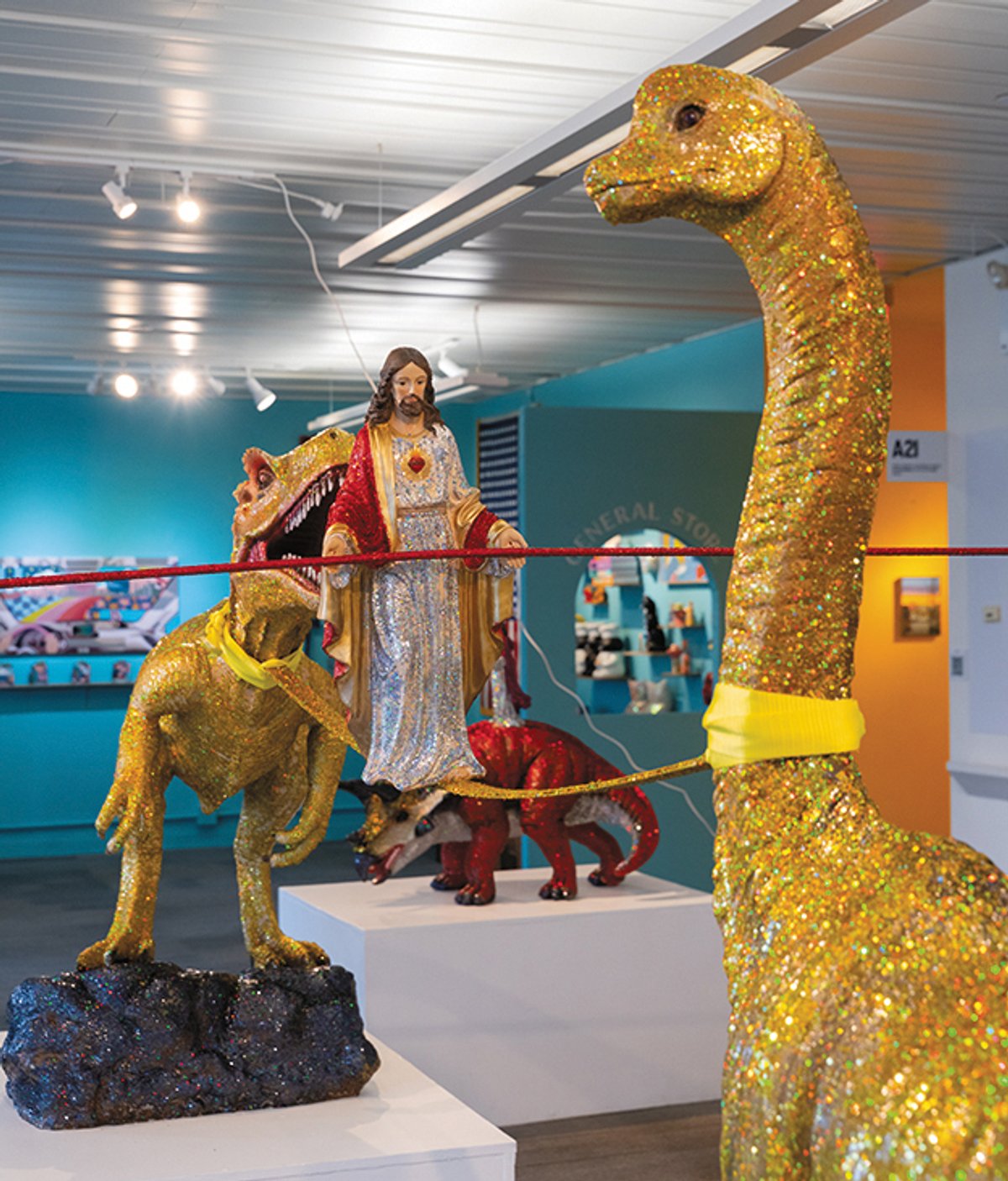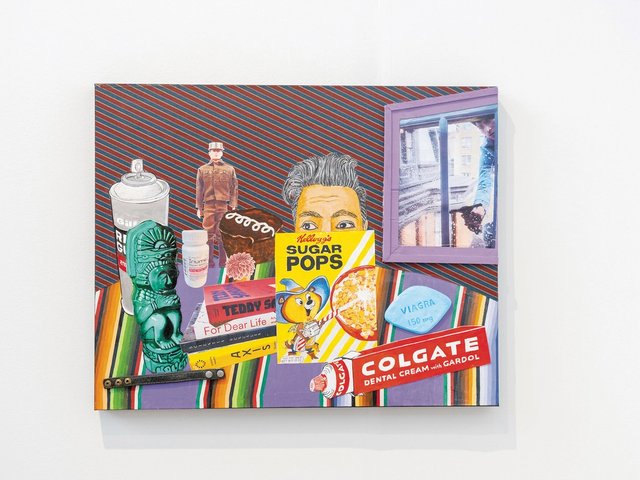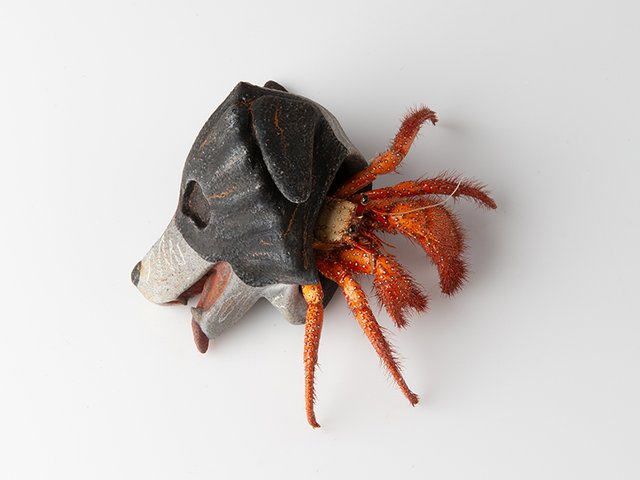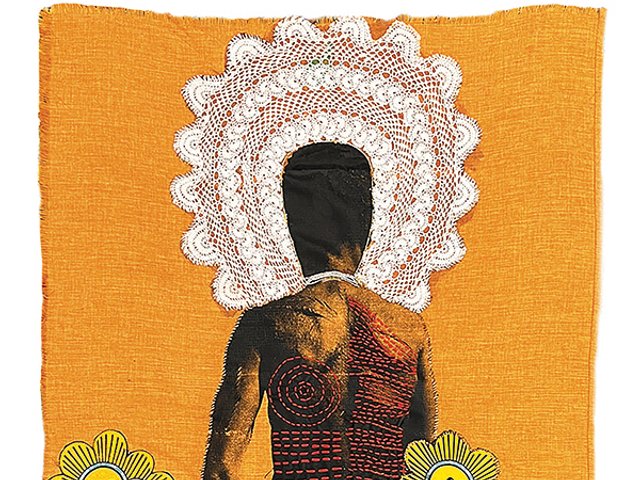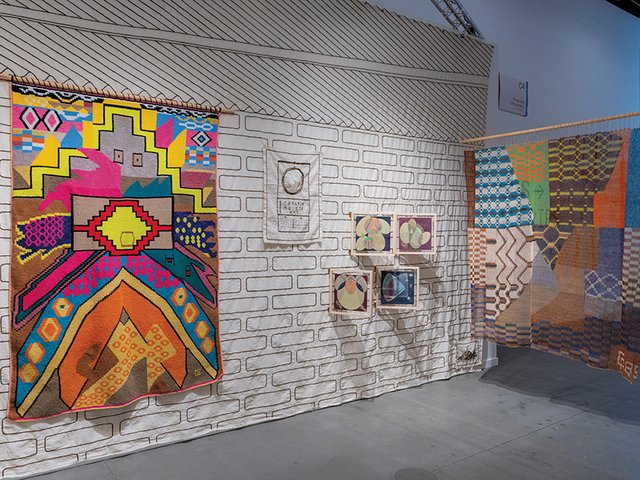The 14th New York edition of the curator-driven fair Spring Break Art Show (until 12 May) has taken up residence at 75 Varick Street, an office building in Soho that provides a labyrinthine environment for the reliably wacky work on display. Organised by the creative duo of Andrew Gori and Ambre Kelly under the theme “Paradise Lost + Found”, Spring Break features more than 100 projects and a host of special installations ruminating on the psychological, historical and personal ramifications of utopia. While this topic feels especially urgent at a political moment defined by fear and uncertainty, it is driven home by the presence of the Los Angeles-based artists who lost out on Spring Break’s sixth West Coast iteration, which was cancelled because of the wildfires. As a result, many artists are having an East Coast moment instead.
Appropriately, the most notable motif popping up throughout the fair is that of critters, ranging from mythological spectres to bonafide creepy crawlies. There are Ebenezer Singh’s glitter-coated resin dinosaur sculptures, Jing Qin’s sombre and illustrative portrayals of crickets attending a funeral, and Colin Roberts’s banana-toothed, five-tongued pillow monster adorned with skulls, nipples and dentures, as well as Devin Cecil-Wishing’s moody still-lifes of slack-jawed, dying fish. Anthropomorphism abounds, a reminder of the animal instincts we suppress and the environmental destruction we enact.
Even in instances where creatures are not so centrally featured, the post-human yearning of marginalised bodies feels palpable. In Song Watkins Park’s stylised nude self-portraits (one of which features a fish), the tension between ferality and domesticity is front and centre. “I love the juxtaposition of the manmade and the natural in pictorial narrative”, the St Louis-based artist tells The Art Newspaper. “I paint myself as nude because it signals to the viewer that I’m dealing with subjectivity and authenticity, not just an objectified image of a woman.”
Atmospheric plumes
In Dan Halm’s Goodbar series, the artist and curator blurs images from the dating app Scruff into atmospheric plumes of abstract colour, printing the images on aluminium panels to mimic the endless, impersonal swipe in search of intimacy. “When I started this series, I had just gotten out of a relationship and was thinking about the experience of trying to date again and how lonely it can feel,” Halm says.
Another meditation on queer desire is afoot where the artists Robert Martin, Chris Minard and Cameron Barker have presented a collection of gloomy, sinewy works highlighting the expansive off-grid possibilities of love, lust and community. “These are examples of the queer present imagined,” Barker says. His slick, muscular drawings of tangled limbs and faceless liaisons are rendered with graphite on marble-dust gessoed panels. They feel simultaneously effervescent and severe, teasing at isolation in the centre of a throng.
The Detroit native Willie Wayne Smith, meanwhile, is showing contemplative paintings that locate the hunger for recognition in memory, using acrylic and airbrush to create lush trompe l’oeil totems to the flora of an erstwhile world.
If to be human is to create, where does artificial intelligence (AI) factor into the conversation? While the curator Lauren Hirshfield does not have all the answers, her pairing of the photographers Margaret Murphy and Leah Schrager raises exciting questions about the humanoid future. Hirshfield’s curation, originally intended for Spring Break’s cancelled West Coast fair, posits AI as a “collaborator”, she says. “The show is really about what it means for technology to support art moving forward.” Murphy, whose billowing interpretations of large women as angels in the desert meld magic and machine, adds: “Using AI in photography today feels the way using the camera must have felt at the outset of the medium—what does it mean to embrace every tool possible?”


